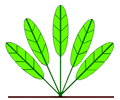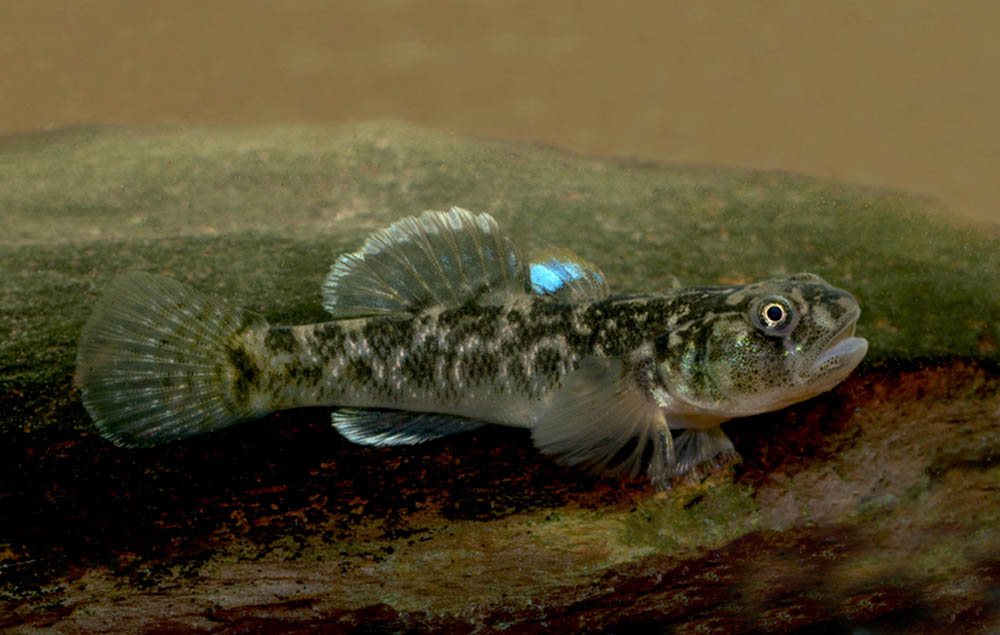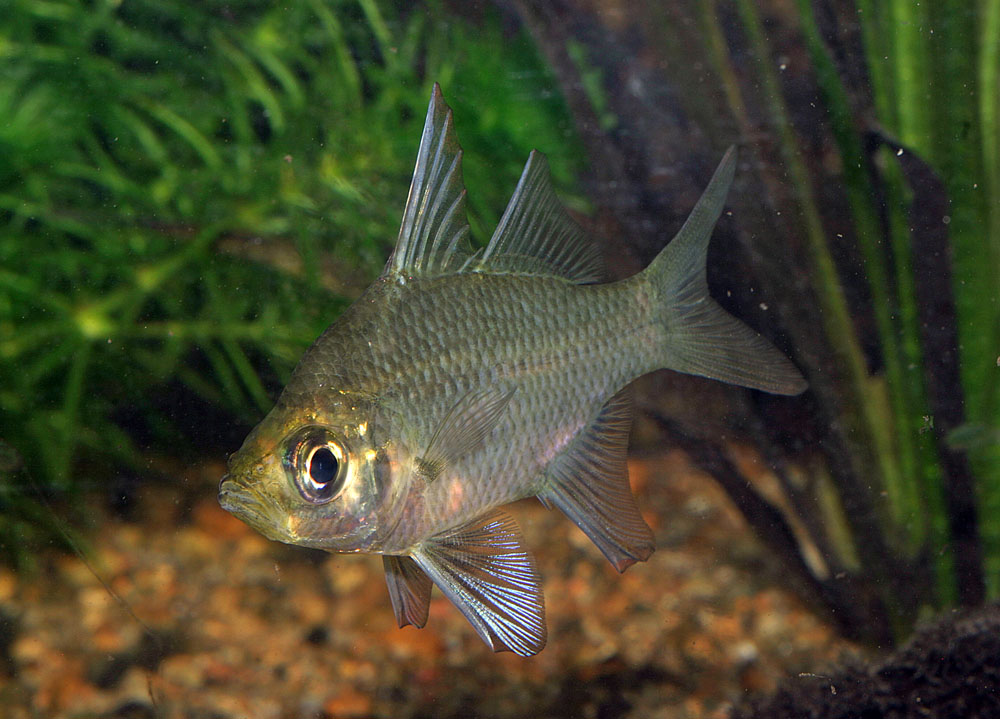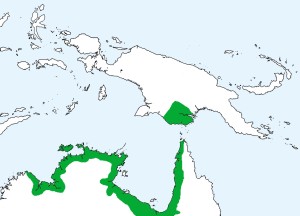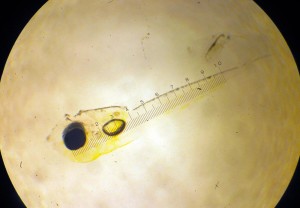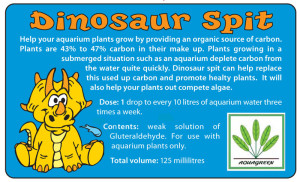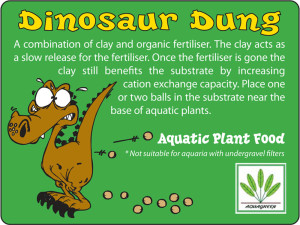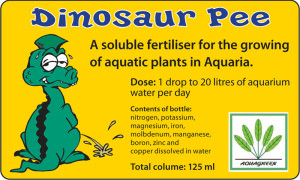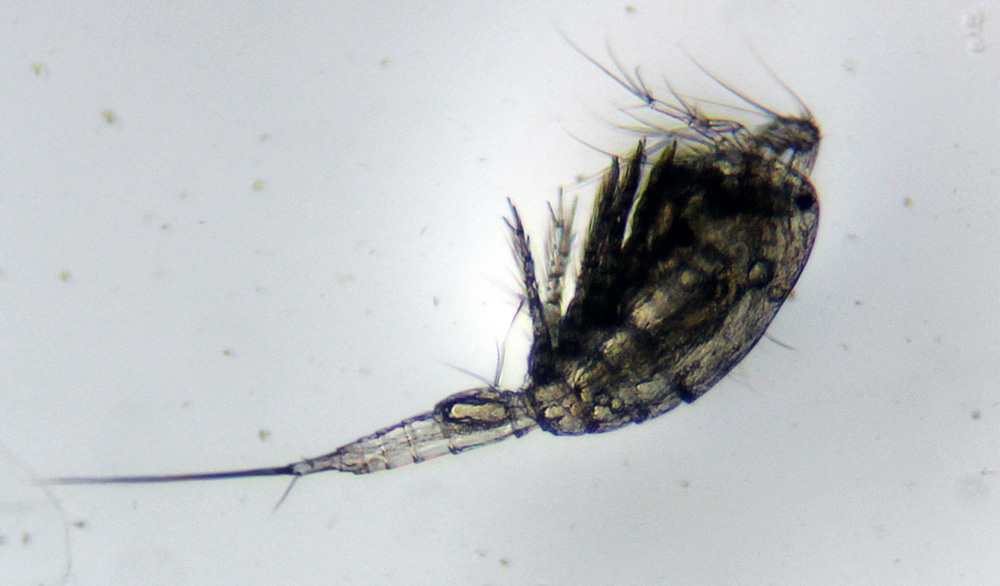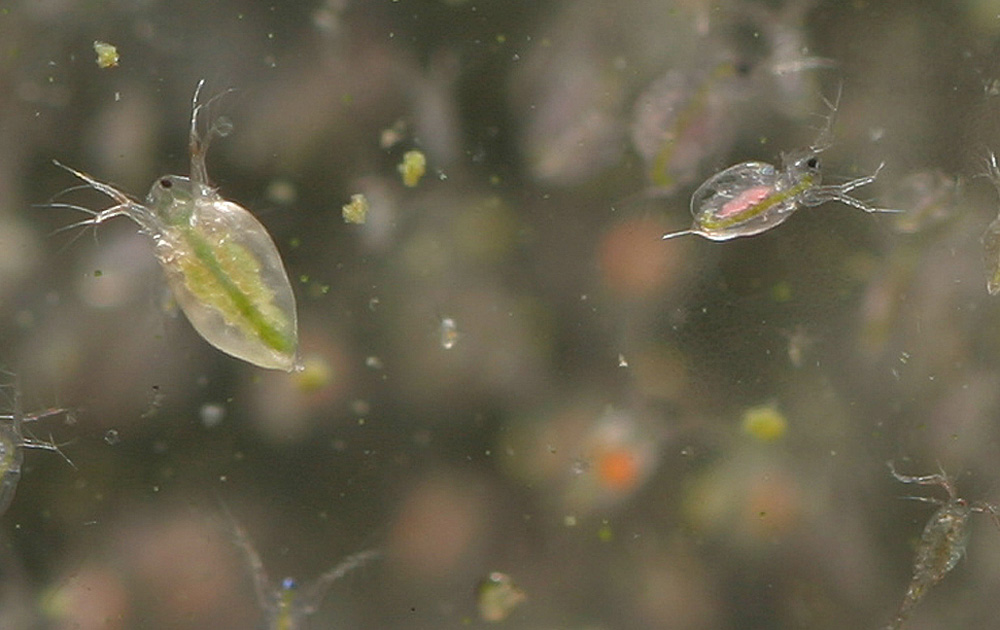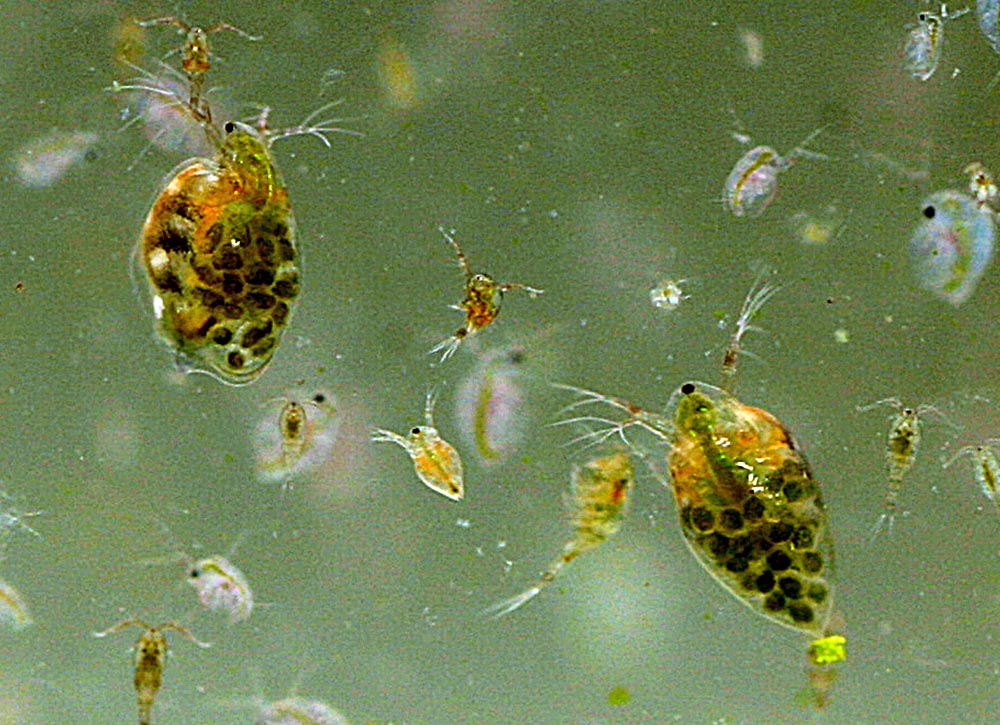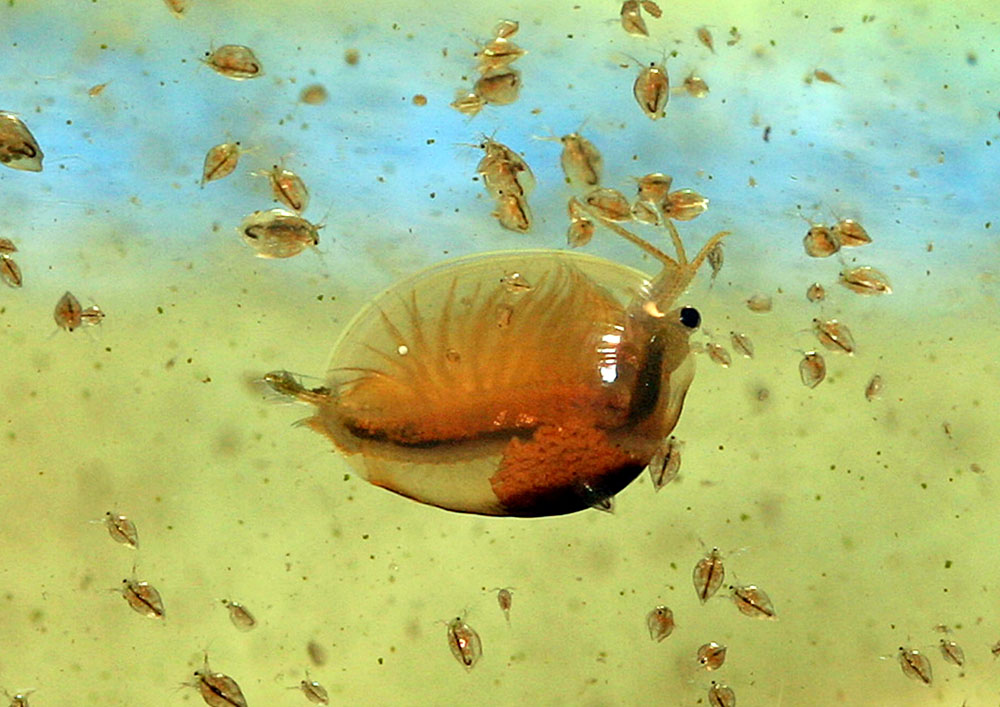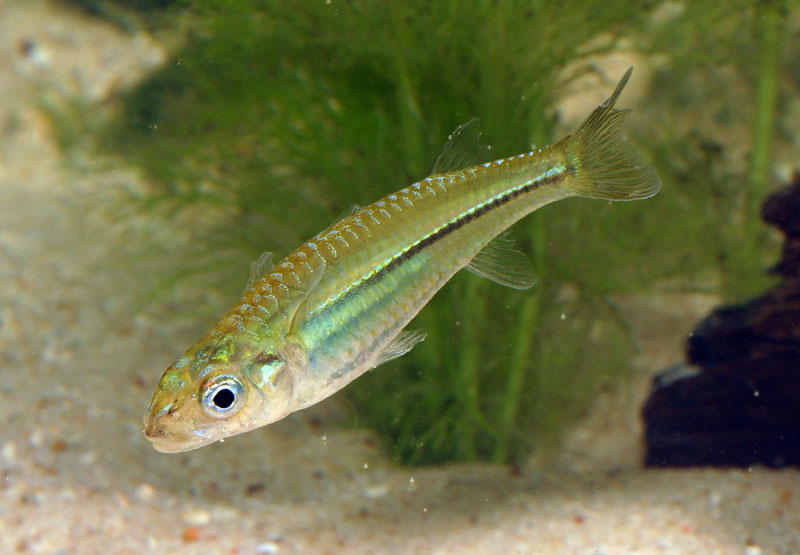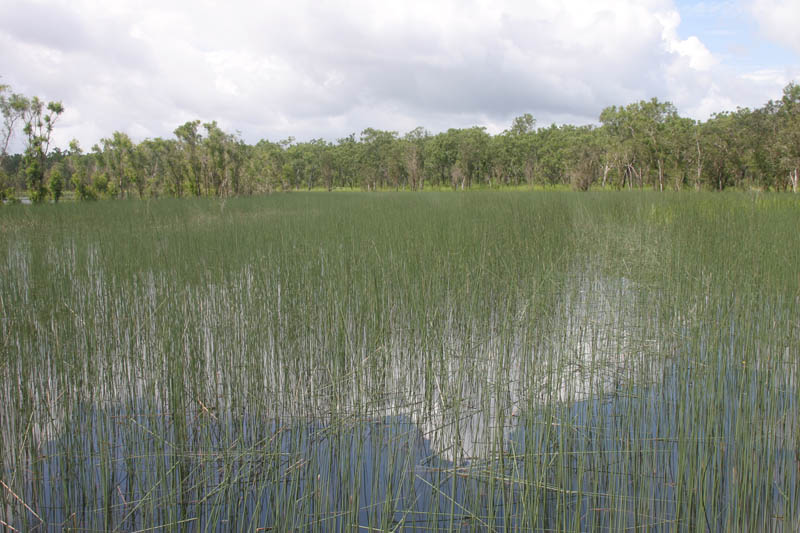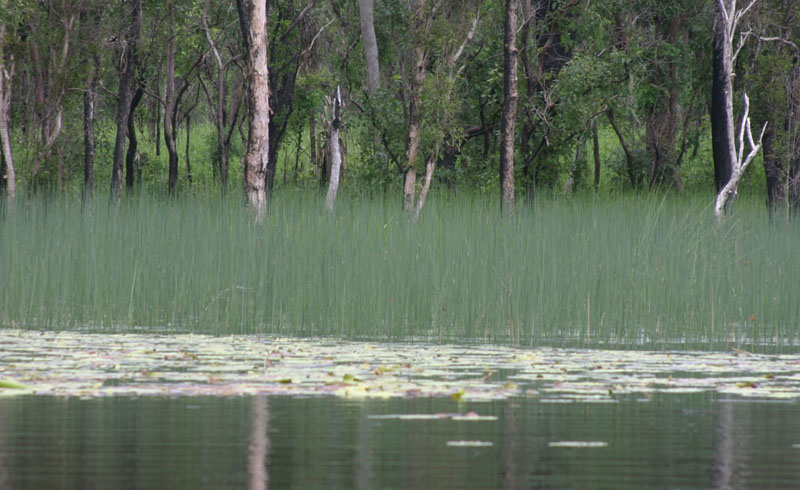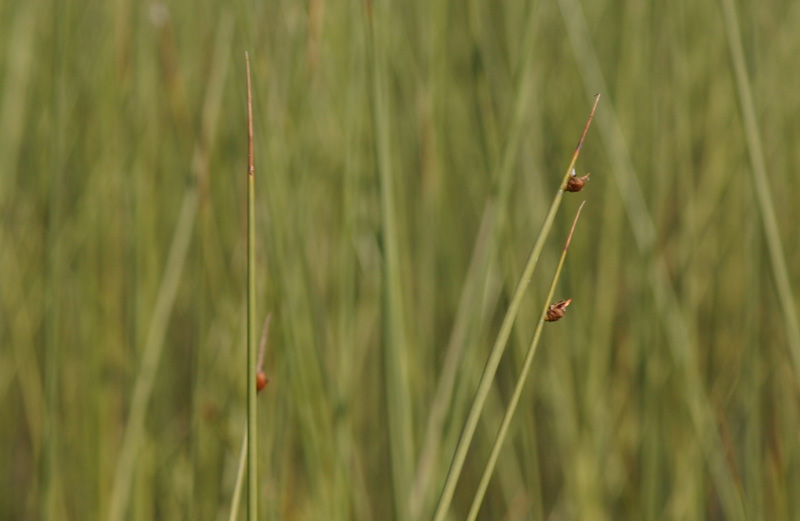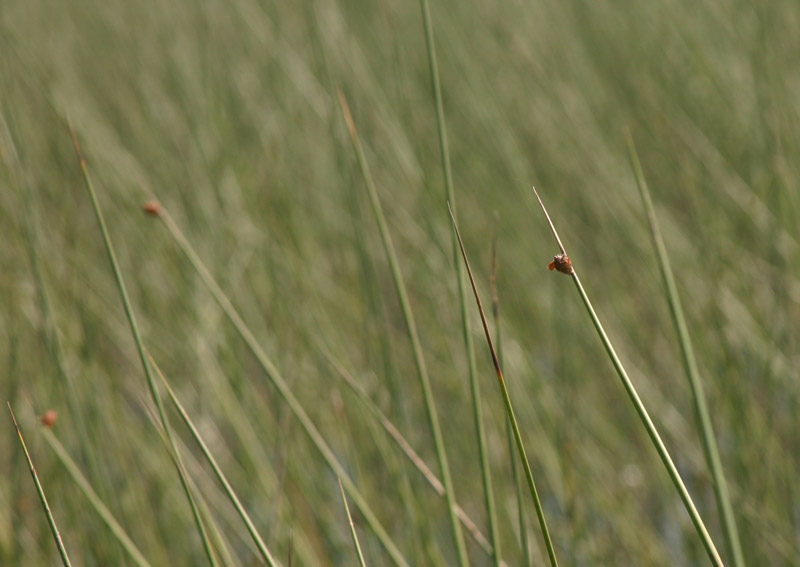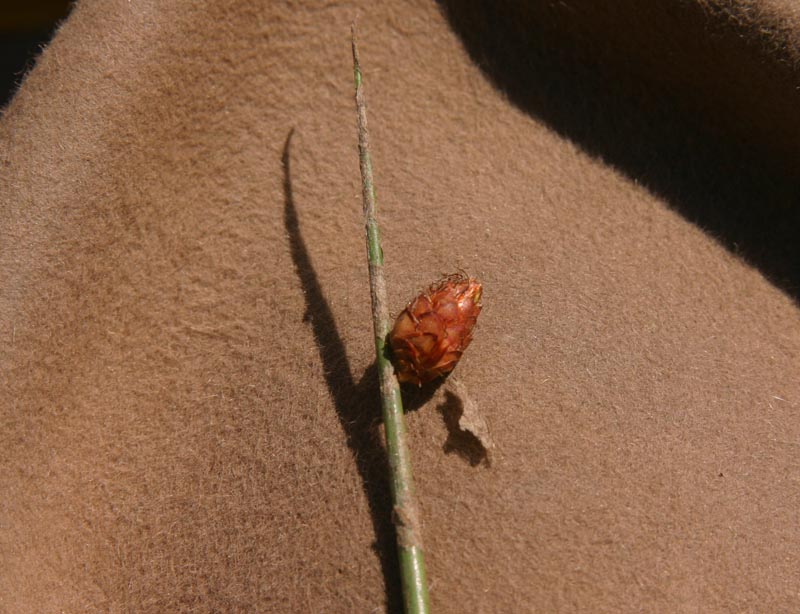
Bruce’s Pond
Pond Servicing Introduction
The Darwin water supply is collected from Darwin River Dam area with additional waters from the Girraween bore field. The water is soft and low in total dissolved solids which means there is little carbonate and bicarbonate as well as low in calcium and magnesium. It is also a reason that some attempts at water gardening in and around Darwin do not go as well as they could. If bore water is used, the ground water should be tested and management practises revised to suit the water quality obtained from the bore. Hard alkaline water has some different issues managed in a different manner to the Darwin water supply.
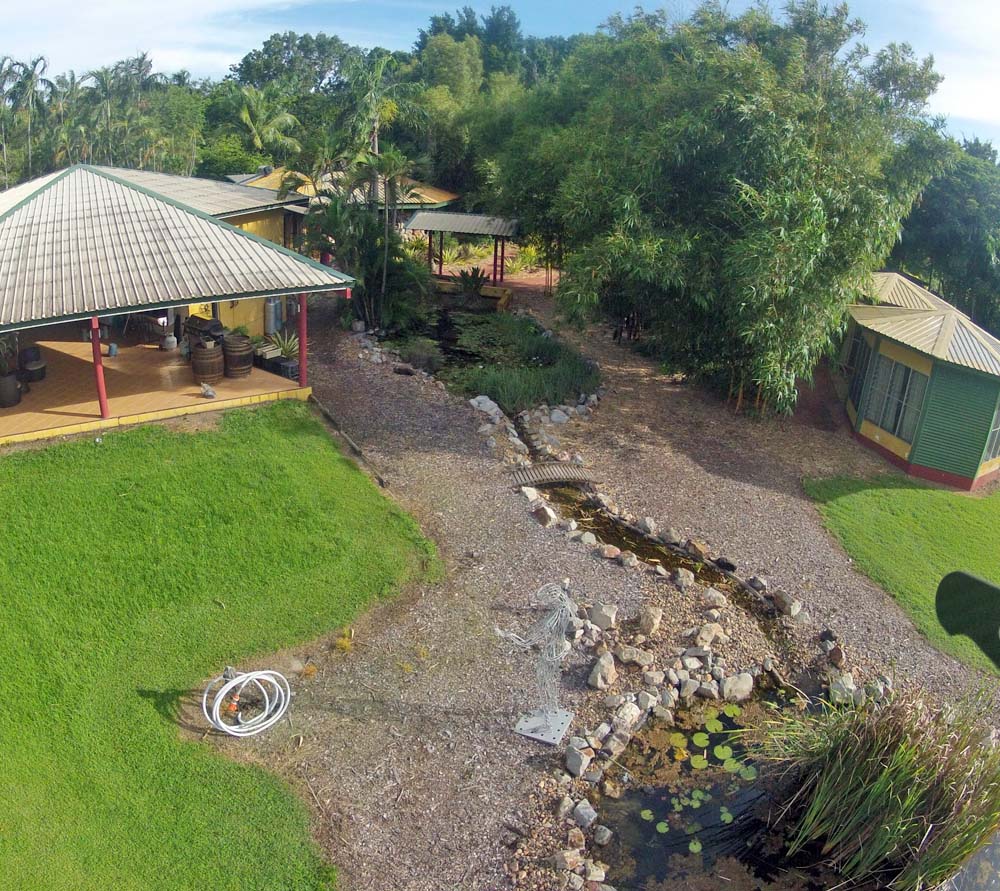
Clem’s Pond
Water Temperature
Water gardening in the tropics requires that the warmer conditions in the water be managed by creating shade over 50% of the waters surface and up to 70% if possible. This shade is provided by water plants, by taller reeds, nearby trees and buildings. It is necessary to prevent the water to become too hot. Temperature is the first of the major water quality parameters to control. A high temperature can be responsible for lower dissolved oxygen levels and problems for fish and other creatures that have gills. The shade of the nearby trees and establishing water plants will be sufficient to keep the water cool enough during the warmer months. It is suggested that water be kept below 30 degrees celsius.

Robin’s Pond
Carbonate Hardness
The low dissolved solids in Darwin tap water will create unstable conditions in the water with large swings in pH caused by lack of buffering capacity in the water. Buffering capacity is also known as temporary hardness, carbonate hardness, acid binding capacity or alkalinity. We will call it carbonate hardness and it is a measurement of the carbonates and bicarbonates expressed as parts per million. We will use the term Carbonate Hardness for our purposes. It is also known as KH. Carbonate hardness manipulation will also be the way which we control pH swings.
Carbonate hardness is one of the most important water quality measurements for submerged plant growth. The tendency is for it to fall from plant take up of carbon and wet season dilution. By adding 20 grams of either Potassium bicarbonate (preferred) or Sodium bicarbonate per ton (1000 litres) the KH will go up approx 10ppm.
General Hardness
Another part of the dissolved solids in water is the two most common minerals in water, this caused what is termed hardness. The term was derived from waters resistance to lather when soap is used. This is a measurement of the amount of calcium and magnesium in the water. The term used in the aquarium and pond trade is General Hardness also known as GH. It along with carbonate hardness are measured with reagent test kits. General hardness in cement ponds is generally buffered by the lime in the cement. However it is monitored and corrected where necessary.
General hardness can be increased by the addition of Dolomite Lime or a 50/50 mix of Calcium carbonate and magnesium sulphate or a 50/50 mix of Calcium chloride and magnesium sulphate, the latter mix will have an immediate effect on GH and the Dolomite lime will take quite some time to dissolve.
Algae Control
Algae in a pond is easily controlled. When there is a good coverage of healthy growing plants using the nutrients the algae will be out competed. There are other ways to control algae, Darwin waterways has a number of algae eaters and these can be introduced to the pond. The Atyiid Shrimp we call Darwin Algae Shrimp, Caridina sp. An undescribed species that has a love of filament algae, these can be introduced in large numbers. They are produced in Howard Springs under aquaculture license for the aquarium and pond trade. There is more information here –
http://www.aquagreen.com.au/plant_data/Caridina_sp_NTnilotica.html
There are other native species suitable for algae control. The snail known as Waterhouse Snail, Notopala waterhousei, eats blue-green algae and has the ability to siphon green water filtering the green and eating it. There is more information about this snail here, it is a NT native-
http://www.aquagreen.com.au/plant_data/Notopala_waterhousei.html
The small forage fish called Flyspeck hardyhead, Craterocephalus stercusmuscarem, will eat filament algae and are best introduced in schools of more than 20.
Fish and Turtles
The traditional pond fish are goldfish or Koi Carp. However many people in the top end like to put Barramundi or Red Claw Yabbies in ponds. Redclaw are herbivores and the first thing they eat are the water lilies. The addition of Barramundi will mean that most other small species will be hunted until they are all gone. There are other species that are a bit bigger an will be left alone. If more marginal plants are added then there will be more shelter and it will be possible to have more smaller forage species.
People usually put goldfish in ponds, however there are several native pond fish although not as colourful as goldfish will be a very interesting display and will interact with visitors. Common Archerfish are curious and can be trained to spit water at visitors. Tarpon are very visible and make a good display. These species usually do not do well in soft Darwin tap water ponds unless the water quality, hardness, carbonate hardness are kept higher.
A suggested list of native fishes suitable for these ponds –
Delicate Blue-eye Pseudomugil tenellus
Black-banded Rainbowfish Melanotaenia nigrans
Banded Rainbowfish Melanotaenia trifasciata
Flyspecked Hardyhead Craterocephalus stercusmuscarem
Common Archerfish Toxetes chatareus
Black Catfish Neosilurus ater
Tarpon Megalops cyprinoides
Barramundi Lates calcarifer
There are several species of freshwater turtle available to use as ornamental species. The most common two available around the top end are Yellow-Faced Emydura Turtle and the Northern Snake-neck Turtle. The long necked turtle will hunt fish but not climb. The shortnecked yellowfaced turtle wont catch fish as much but will climb. There are several Turtle breeders around the rural area who’s advice can be sought as to the best local species to suit the pond location and construction. Tonia Thompson is one breeder and may be able to advise the best species to suit that particular pond. If the area can be fenced back from the pond then perhaps a freshwater crocodile could be considered as an inhabitant.
Filter Management
A swimming pool pressurised sand filter can be used and should be operated all the time, 24 hours a day, if it is operated for a few hours at a time the biological content inside the filter will foul and when the filter is next turned on a filter full of foul toxic water will be sent into the pond. A biofilter needs oxygenated water flowing over the bed to be constant otherwise the aerobic beneficial bacteria die and foul the water. There are low electricity consumption pumps that can be run continuously without breaking the bank. There are low profile purpose built pond filters made for these special pumps.
Wildlife Drowning
If the edges of the pond are steep it prevents smaller animals from escaping and they will eventually tire and drown. If no turtles are to be kept it is recommended that some structure for animals to climb out be provided. If turtles are to be kept perhaps such a structure can be provided so animals in the water can gain access to an island.
Water plants
Water lilies need occasional addition of a slow release fertiliser such as Monsoon Tablets from Tropigro or Dinosaur Dung from Aquagreen. A selection of marginal plants can be added if it is desired. These marginals will be OK planted along the shallower ledges and will form habitat for smaller forage fishes to hide from Barramundi or other larger species. A selection of marginal plants is available from Territory Exotics.
As the plants grow over the pond surface the algae will be a dim memory. The best control for pond is to have a balance of life forms that will achieve the objectives required. Removal of leaves that blow in a couple of times a year will help keep the water quality near the desired levels.
Pond Security
A pond should have a place where wet season water can over flow without taking the fish and plants away. It is not desirable to let water plants or fish get into the drains or any natural waterways. Water plants that become weeds are harder to eradicate thean ordinary weeds as are feral fish. There are guppies, platies and swordtail fish from Venezuala, South America in the local creeks and drains around Darwin from people who have let their ponds overflow without a sieve or barrier to stop escapees.
Conclusion
The management of ponds in the tropics is slightly different to maintaining a pond in a more temperate climate. Regular attention to water quality and plant fertilisers with the occasional clean out of organic waste will help maintain a pond that will be pleasing spectacle for visitors and the owners.
Recommendations
That the carbonate hardness be maintained about 60 to 80 ppm via above mentioned methods. This will keep pH about 7.2 to 7.9 approximately.
That the hardness be maintained between 60 ppm and 200 ppm using the above mentioned methods.
That water quality tests and records be kept with a monthly frequency keeping records of the functions performed.
That water plants be fertilised when needed, usually water lily leaves will be a good indicator, each new leaf should be slightly bigger than the last or the same size. If the leaves are smaller it is time to fertilise the plants.
That excess organic material be removed each month. Leaves and other material will blow into the pond.
That the filter be changed down to a low electricity consumption model to run 24/7.
